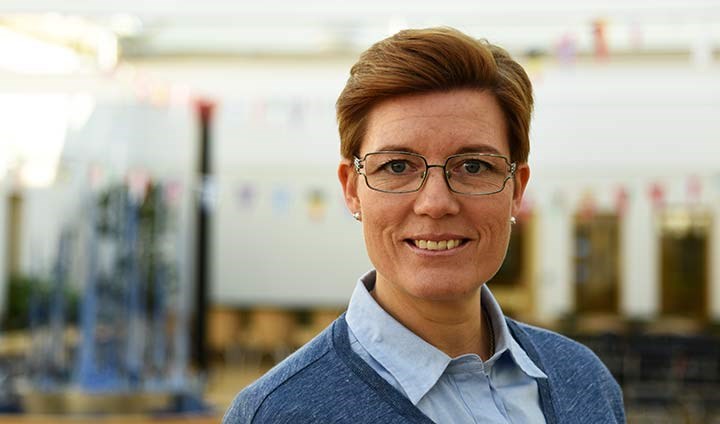Research shows how women’s wellbeing is possible despite childhood abuse

Åsa Källström, professor of social work
Women work through what has happened to them together with professionals – but also within themselves. And they choose to engage in activities that bring joy.
This according to a study of women subjected to severe abuse in childhood, who nonetheless experience a sense of well-being as adults. Åsa Källström, professor of social work at Örebro University, is one of the researchers.
The project, A Study of Women Abused as Children, Resilience and Life Experiences (AWARE), is a collaboration between Örebro University, University of Gothenburg and University West, and focuses on what generates health rather than ill-health.
“Knowledge of this kind can contribute to better public health initiatives to support women suffering abuse at an early age,” says Åsa Källström.
A significant share of those who experience abuse in childhood become well-adjusted adults despite adversities. Existing research on how resilience develops has largely focused on its emergence during childhood. Research on what helps to create and enhance this resilience is scant.
Ongoing endeavour
“Since girls and women are overrepresented as victims of intrafamilial violence, it’s important to understand resilience in adult women. That’s why we chose to look at women specifically in this study,” says Hrafnhildur Gunnarsdóttir, researcher at University West and project manager of AWARE.
The study comprised interviews with 22 women in Sweden who had experienced abuse or neglect in childhood. The women describe a continuous endeavour to not only survive but to actually live with a sense of wellbeing in adulthood, despite being severely abused as children. This endeavour, an internal process intertwined with their overall life situation and social relationships, have four dimensions. First, it is about establishing and maintaining command of life; second, using their inner resources; third, surrounding themselves with people who mean a lot to them; and fourth, reaching acceptance.
To gain command of life, the women have, for example, made strategic choices in terms of getting an education, starting a family, and engaging in activities that are meaningful to them. The study also clearly shows that the women were actively processing what they had been through – together with professionals, other people important to them, and within themselves.
Actively seeking joy
Using one’s inner resources can mean embracing joy in life and engaging in activities that bring joy, releasing one’s inner strength, and assigning responsibility for past events.
“We’re deeply thankful that these women were willing to share their experiences. And we hope that our study can contribute to a better understanding of how individuals as well as different public and social services can support girls and young women that have been subjected to violence to build a future for themselves in which they can both function and find health and happiness,” says Åsa Källström.
The findings also pinpoint that society needs to understand that women cannot make this journey without access to support measures, measures that need to be readily available and varying in format. Any public health and social services dealing with young women, such as school health care, youth health and guidance services and antenatal clinics, need the ability to recognise those women who have undergone painful experiences. They must have the courage to ask questions, to promote the sense that it is natural and not shameful to share one’s experiences.
“Resilience is created and released in an interplay of factors. What society can do is to ensure that external circumstances enable women to build up and benefit from their inner resources,” says Hrafnhildur Gunnarsdóttir.
Text and photo: Maria Elisson
Translation: Charlotta Hambre-Knight
